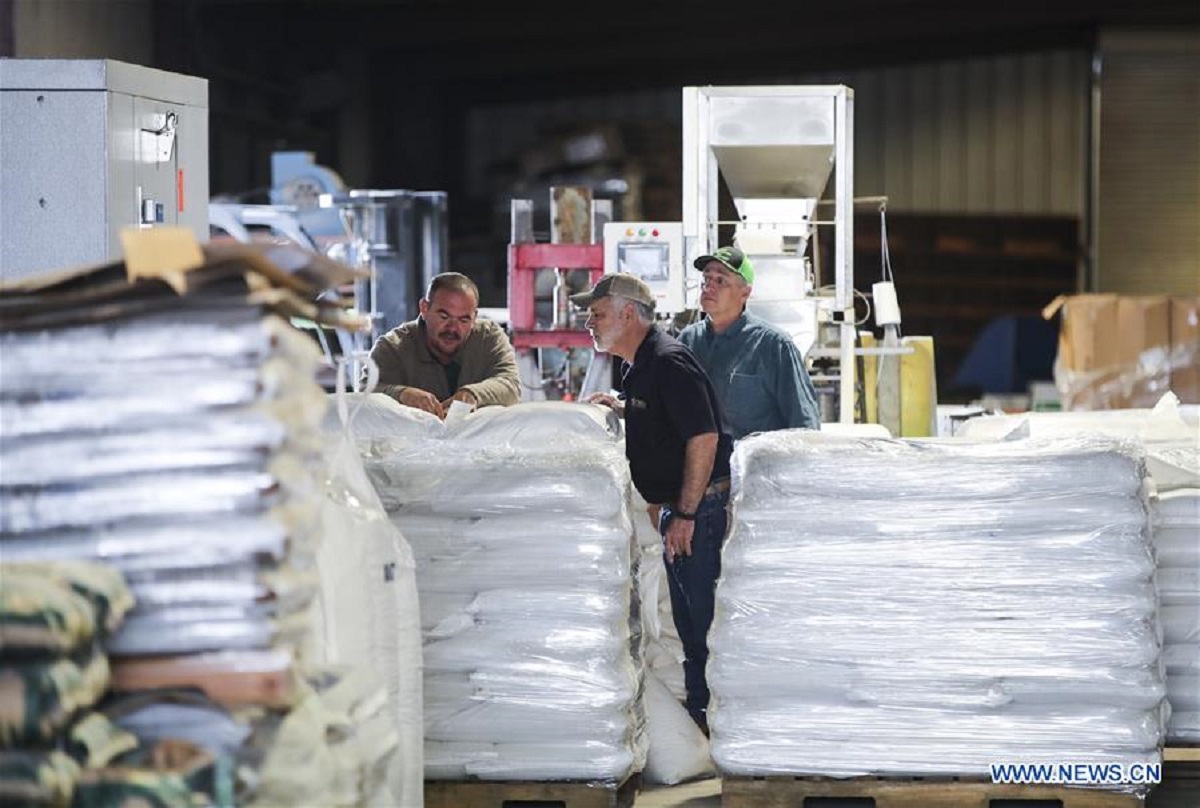A Prescription for Poison

U.S. President Donald Trump unexpectedly escalated his trade war against China in May. The U.S. hiked tariffs on US$200 billion of Chinese goods from 10 percent to 25 percent and threatened to apply the same rate to the remaining Chinese imports worth about US$300 billion. China hit back with tariffs on US$60 billion of U.S. imports, mainly targeting agricultural products, starting on June 1.
Contrary to his claims, Trump’s trade policies do not help the balance sheet of the U.S. After a long period of wrestling with major trade partners, the U.S. goods trade deficit reached a record high of US$891.3 billion in 2018, up 10.4 percent from 2017 according to the U.S. Census Bureau. But what about the American trade deficit with China, the major target of the tariffs? The 2018 number was US$419.2 billion, up US$43.6 billion year-on-year.
Amid tit-for-tat exchange of tariffs, pains have arrived long before any glimmer of hope for a “good deal” that would satisfy President Trump. Bearing the brunt are U.S. farmers who are losing foreign buyers to increase demand for soybeans, corn, pork and other commodities. The White House does have an effective solution to curb the effect—it just announced an aid package of US$15 billion to farmers, a government payout to cover the wound after the US$12 billion bailout last year.
“Short-term, stair-stepped subsidies are a poor remedy for trade,” declared a statement released by the Iowa Soybean Association. “They stimulate production but not sales and therefore do little to undo the long-term log jam caused by not selling soybeans to destinations like China, the world’s No. 1 customer.” Experts worry that the huge surplus will drive the price of soybeans to new low as a record volume of soybeans is already stored on the U.S. farms this year, further damaging the industry.
A basic principle of economics is seeking increased welfare. Tariffs simply don’t help. President Trump claimed that China would pay for his tariffs which are actually burdening U.S. firms and consumers. Using 2018 data, the National Bureau of Economic Research found a complete pass-through of U.S. tariffs to variety-level import prices, which evidences that the cost of U.S. tariffs is ultimately paid by U.S. importers. According to the Federal Reserve Bank of New York, the Trump administration’s latest round of tariff hikes on Chinese goods will cost each typical American household US$831 per year.
Furthermore, no visible signs have emerged that the tariffs are bringing manufacturing jobs back to America as President Trump promised. In fact, Washington has probably been aiming the wrong direction. K. William Watson with Cato Institute argues that trade isn’t the main cause of the decrease in manufacturing employment, which started dropping in 1979 long before China was a major U.S. trading partner. By far and away, the greatest single cause of job loss is technological improvements that have enabled greater efficiency and automation.
Today, it should be clear that both sides of the Pacific are worse off. Tumbling stocks as illustrated by Dow Jones and Shanghai Composite numbers send clear signals of decaying investor confidence. Lost gains from trade, dismantled supply chains and risk of decoupling not only bite the world’s two largest economies but also pose huge threats for global business, weakening the world’s economic momentum.
Further intensification of the dispute between Washington and Beijing would likely destroy about 0.7 percent of global GDP from 2021 to 2022 according to a report from the Organization for Economic Co-operation and Development (OECD). If the prediction is accurate, the blow to the world economy from higher tariffs could eventually be quantified at about US$600 billion.
Abuse of political power won’t solve the problems plaguing the U.S. economy, but they may poison the country and the global economy at large.